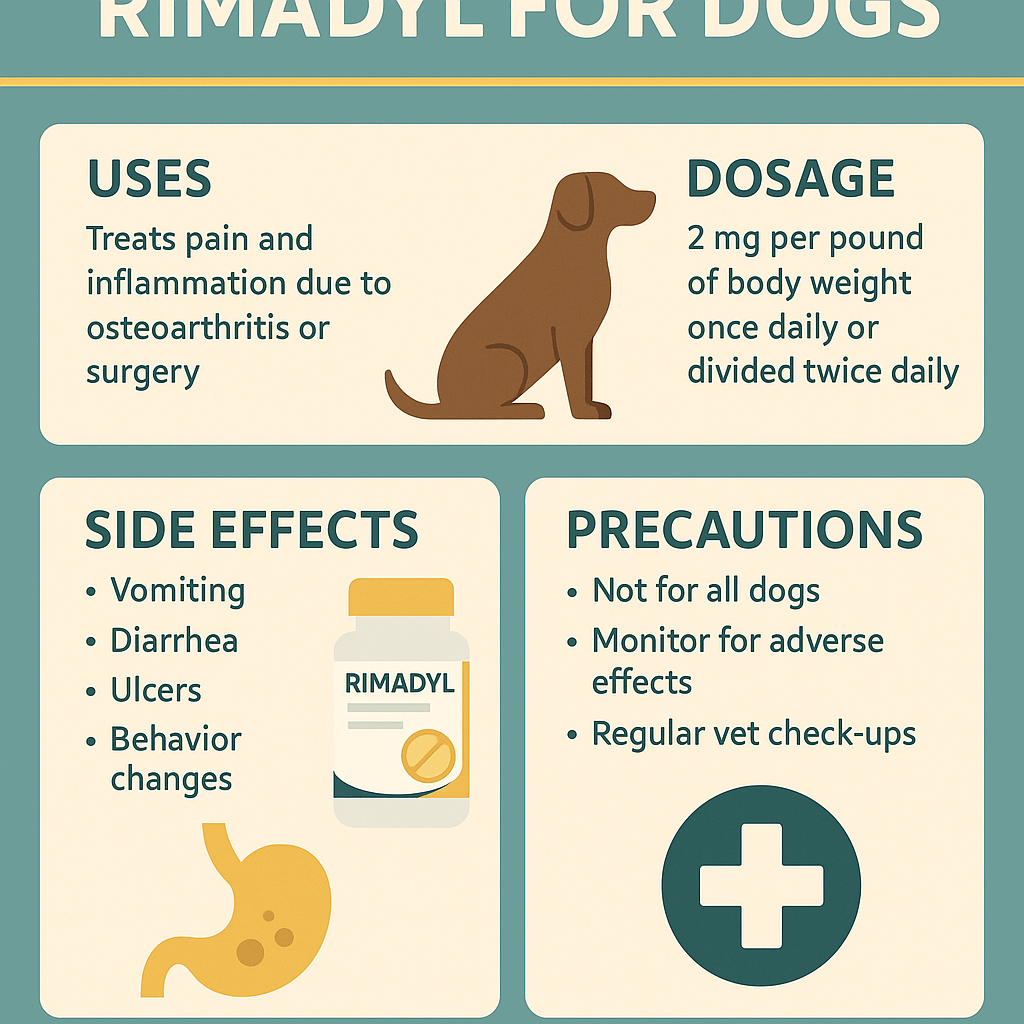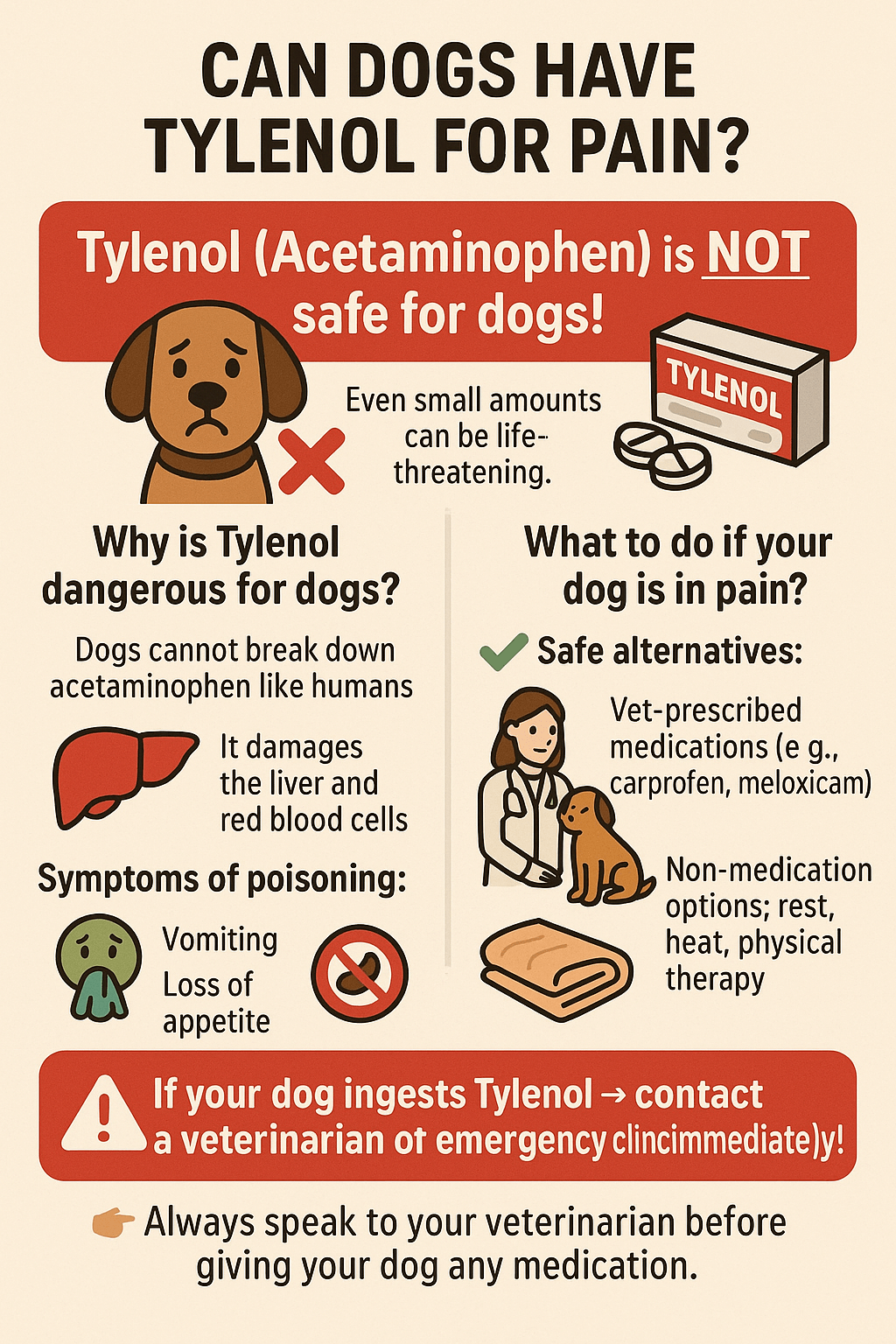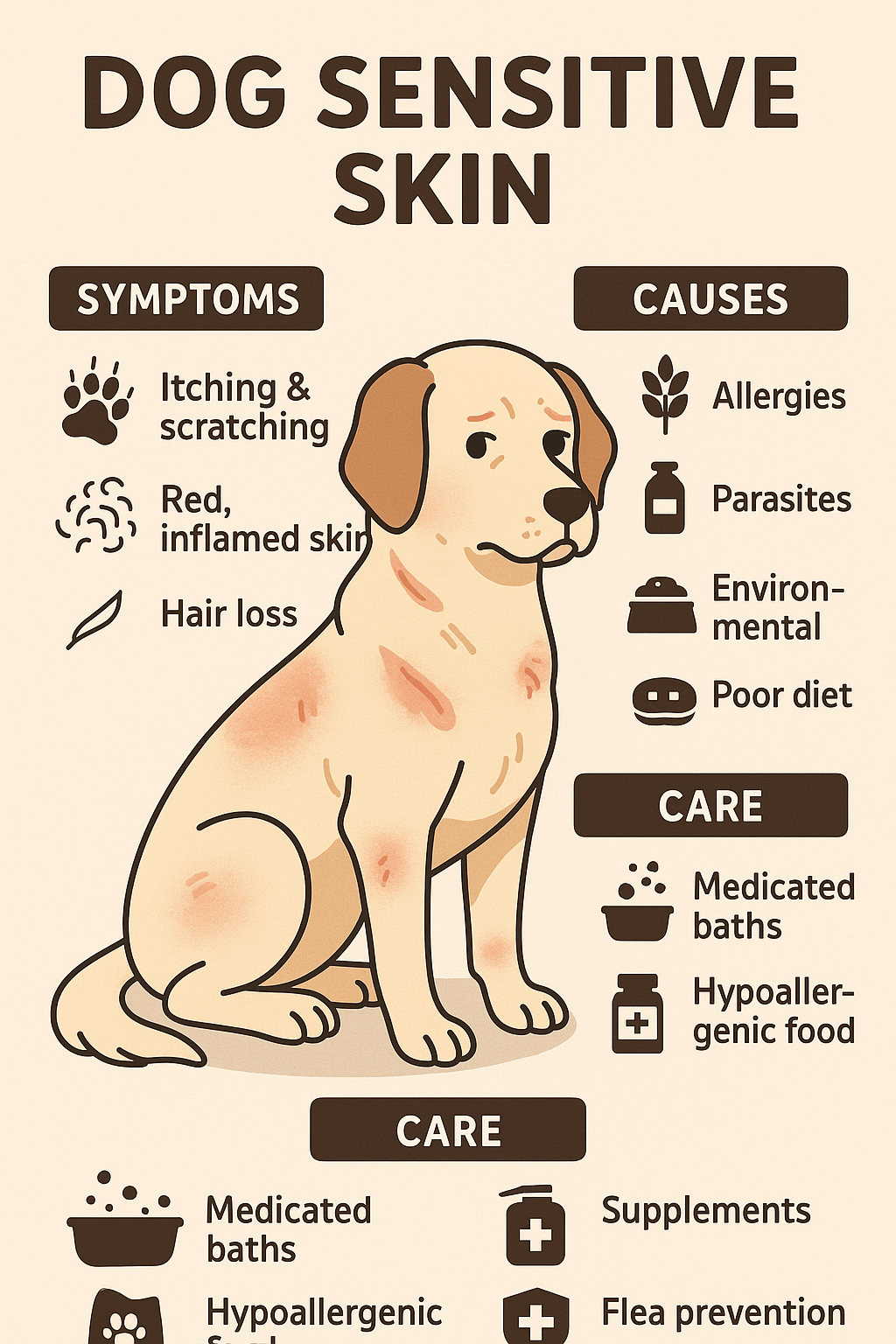Can Vestibular Disease Kill a Dog? Understanding the Condition and Its Impact
If you’ve ever seen a dog struggling to maintain balance, tilting their head, or circling uncontrollably, you may have wondered if they were suffering from something serious—perhaps even life-threatening. These symptoms are often linked to vestibular disease, a condition that affects a dog’s inner ear and balance system. While it can be alarming to witness, vestibular disease is not typically fatal on its own. However, understanding its causes, symptoms, and potential complications is crucial for ensuring your furry friend receives the care they need. In this article, we’ll explore everything you need to know about vestibular disease in dogs, including whether it poses a direct threat to their life and how to manage it effectively.
What Is Vestibular Disease in Dogs? Key Facts You Should Know
Vestibular disease is a condition that affects a dog’s vestibular system, which plays a vital role in maintaining balance and spatial orientation. It can occur in two forms: peripheral (affecting the inner ear) and central (affecting the brain). Here are some key facts to help you understand this condition better:
Common Symptoms Include Balance Issues
Dogs with vestibular disease often exhibit signs like head tilting, stumbling, falling, or leaning to one side due to disrupted balance signals.It Can Occur Suddenly
Peripheral vestibular disease frequently appears without warning, leading to what many pet owners describe as a “sudden onset” of symptoms.Older Dogs Are More Prone
This condition is more common in senior dogs, earning it the nickname “old dog vestibular syndrome.”It’s Not Always Linked to Serious Illness
In most cases, vestibular disease is idiopathic, meaning it has no known cause, and isn’t associated with other severe health issues.Recovery Time Varies
Many dogs show improvement within a few days to weeks, though some residual symptoms like mild head tilting may persist.
While vestibular disease can be distressing to witness, it’s important to remember that it’s often manageable with proper care. Early recognition and treatment can make a significant difference in your dog’s recovery journey.
Can Vestibular Disease Be Fatal? Factors to Consider
Although vestibular disease itself is rarely fatal, certain factors can complicate the condition and potentially lead to more serious outcomes. Here’s what you need to know about the risks:
Underlying Health Conditions Matter
If vestibular symptoms stem from an underlying issue like an ear infection, tumor, or neurological disorder, the prognosis may depend on treating the root cause.Dehydration Can Pose Risks
Dogs with severe nausea or vomiting caused by vestibular disease may become dehydrated, which can worsen their overall condition if left untreated.Injury From Falls Is Possible
Loss of balance can lead to falls or injuries, especially in older dogs or those with mobility challenges, increasing the risk of secondary complications.Central Vestibular Disease Is More Serious
Unlike peripheral vestibular disease, central vestibular disease involves the brain and can indicate conditions like strokes or tumors, which may carry higher risks.Timely Veterinary Care Is Crucial
Seeking prompt medical attention ensures accurate diagnosis and treatment, reducing the likelihood of complications that could threaten your dog’s life.
While vestibular disease itself is unlikely to kill a dog, addressing any underlying issues and providing supportive care is essential for ensuring the best possible outcome.
Check this guide 👉What Happens When a Dog Lipoma Bursts: Best 7 Health Tips!
Check this guide 👉Dog Peeing Blood but Acting Normal: Best 7 Health Tips!
Check this guide 👉Posterior Lens Luxation in Dogs: Best 7 Health Tips!

Type of Vestibular Disease | Key Characteristics |
|---|---|
Peripheral Vestibular Disease | Affects the inner ear; usually less severe |
Central Vestibular Disease | Involves the brain; often more serious |
Idiopathic Vestibular Syndrome | No known cause; common in older dogs |
Secondary to Ear Infections | Often treatable with antibiotics |
Neurological Causes | May require advanced diagnostics and treatment |
How to Support Your Dog During Vestibular Disease Recovery
Helping your dog recover from vestibular disease involves creating a safe, supportive environment and following your veterinarian’s recommendations. Here are practical steps you can take:
Provide a Comfortable Rest Area
Set up a cozy, quiet space where your dog can rest without feeling anxious or overstimulated.Prevent Accidents and Falls
Block off stairs, slippery floors, and other hazards to minimize the risk of injury during episodes of imbalance.Offer Nutritious Meals
Serve soft, easily digestible food to prevent nausea and encourage eating despite any discomfort.Monitor Hydration Levels
Ensure your dog stays hydrated by offering fresh water frequently or using a syringe to administer fluids if necessary.Follow Up With Your Vet Regularly
Schedule check-ups to monitor progress and adjust treatment plans based on your dog’s recovery trajectory.
By taking these proactive measures, you can help your dog navigate their recovery process more comfortably and confidently.
Signs That Vestibular Disease May Require Emergency Care
While many cases of vestibular disease resolve on their own, some symptoms warrant immediate veterinary attention. Here’s what to watch for:
Severe Lethargy or Weakness
If your dog seems unusually unresponsive or unable to move, it could indicate a more serious underlying issue.Persistent Vomiting or Nausea
Continuous vomiting can lead to dehydration and electrolyte imbalances, requiring urgent intervention.Difficulty Breathing
Labored breathing may signal a neurological problem or another critical condition that needs swift action.Sudden Onset of Seizures
Seizures accompanying vestibular symptoms could point to central nervous system involvement, necessitating emergency care.Worsening Symptoms Over Time
If your dog’s condition deteriorates instead of improving, seek veterinary advice promptly to rule out complications.
Recognizing these red flags early can make all the difference in ensuring your dog receives timely and appropriate care.
Common Misconceptions About Vestibular Disease
There are many myths surrounding vestibular disease in dogs, which can lead to unnecessary worry or confusion. Clearing up these misconceptions can help you better understand and manage the condition.
Myth: Vestibular Disease Always Indicates a Stroke
While some symptoms may resemble a stroke, most cases of vestibular disease are unrelated to strokes and are far less severe.Myth: It Only Affects Senior Dogs
Although more common in older dogs, younger dogs can also develop vestibular disease due to infections, trauma, or other causes.Myth: Recovery Is Rare or Impossible
Many dogs recover fully from vestibular disease, especially when it’s idiopathic or related to treatable conditions like ear infections.Myth: Medication Is Always Required
In mild cases, supportive care such as rest and hydration may be enough for recovery without the need for medication.Myth: Vestibular Disease Is Contagious
This condition is not contagious and cannot be passed from one dog to another, so there’s no need to isolate your pet.
Understanding the truth behind these misconceptions can ease your concerns and allow you to focus on providing the best care for your dog during their recovery.
Natural Ways to Support Your Dog’s Recovery
In addition to veterinary care, there are natural ways to support your dog’s recovery from vestibular disease. These methods can complement professional treatment and promote overall well-being.
Provide Gentle Massage Therapy
Massaging your dog’s neck and shoulders can help relieve tension and improve circulation, aiding their comfort during recovery.Use Calming Essential Oils (Pet-Safe)
Diffusing pet-safe essential oils like lavender can create a calming environment, reducing stress and anxiety.Encourage Short, Supervised Walks
Light physical activity can help rebuild strength and confidence without overexerting your dog.Offer Herbal Supplements (With Vet Approval)
Herbs like ginger or chamomile may help soothe nausea and promote relaxation, but always consult your vet before use.Create a Quiet, Low-Stress Environment
Minimizing noise and disturbances can help your dog feel safer and more at ease during their recovery period.
By incorporating these natural approaches, you can enhance your dog’s healing process while keeping them comfortable and stress-free.
Long-Term Care Tips for Dogs With Vestibular Disease
Even after your dog has recovered from vestibular disease, ongoing care can help prevent recurrence and ensure their long-term health. Here are some tips to keep in mind:
Schedule Regular Vet Check-Ups
Routine examinations can help detect early signs of recurring issues or underlying conditions that may affect your dog’s balance.Maintain Ear Hygiene
Regularly cleaning your dog’s ears can prevent infections that might trigger vestibular episodes in the future.Monitor for Changes in Behavior
Sudden changes in balance, appetite, or energy levels should be reported to your vet promptly to rule out complications.Keep Your Home Dog-Friendly
Remove tripping hazards and slippery surfaces to reduce the risk of falls, especially if your dog experiences residual balance issues.Stay Consistent With Nutrition
A balanced diet rich in vitamins and minerals supports brain and ear health, potentially reducing the likelihood of future episodes.
By implementing these long-term strategies, you can help safeguard your dog’s health and provide them with a happy, fulfilling life even after vestibular disease.
Frequently Asked Questions About Vestibular Disease in Dogs
Is vestibular disease painful for dogs?
Most dogs do not experience pain directly from vestibular disease, but symptoms like nausea or dizziness may cause discomfort.
How long does it take for a dog to recover?
Many dogs begin improving within a few days, though full recovery can take several weeks.
Can young dogs get vestibular disease?
Yes, though it’s more commonly seen in older dogs. Younger dogs may develop it due to infections or trauma.
Are certain breeds more prone to vestibular disease?
While any breed can be affected, some studies suggest medium to large breeds may have a slightly higher risk.
What should I do if my dog won’t eat?
Offer small portions of bland, appealing food. If appetite doesn’t return within 24-48 hours, consult your vet.
Final Thoughts: Stay Calm and Supportive When Facing Vestibular Disease
While vestibular disease can be unsettling to witness, it’s important to remember that most cases are not life-threatening and respond well to supportive care. By staying vigilant, seeking veterinary guidance, and providing a nurturing environment, you can help your dog navigate this challenging time with minimal stress. Remember, your calm demeanor and dedication play a crucial role in your dog’s recovery journey. With patience and care, many dogs bounce back stronger than ever, ready to enjoy life to the fullest once again.
Rimadyl for Dogs: Best 7 Expert Tips! Discover expert advice on using Rimadyl safely, managing pain, and improving your dog’s mobility with trusted veterinary insights.
Can Dogs Have Tylenol for Pain? Best 7 Expert Tips! Discover the risks, safe alternatives, and expert advice on managing your dog’s pain effectively while avoiding harmful medications.
Understanding Hemophilia in Dogs: Best 7 Expert Tips! Discover expert advice on managing hemophilia, recognizing symptoms, and ensuring your dog’s well-being with practical care strategies.
Understanding Dog Sensitive Skin: Best 7 Expert Tips! Discover expert advice on managing dog sensitive skin, relieving irritation, and improving your pup’s comfort with practical solutions.





